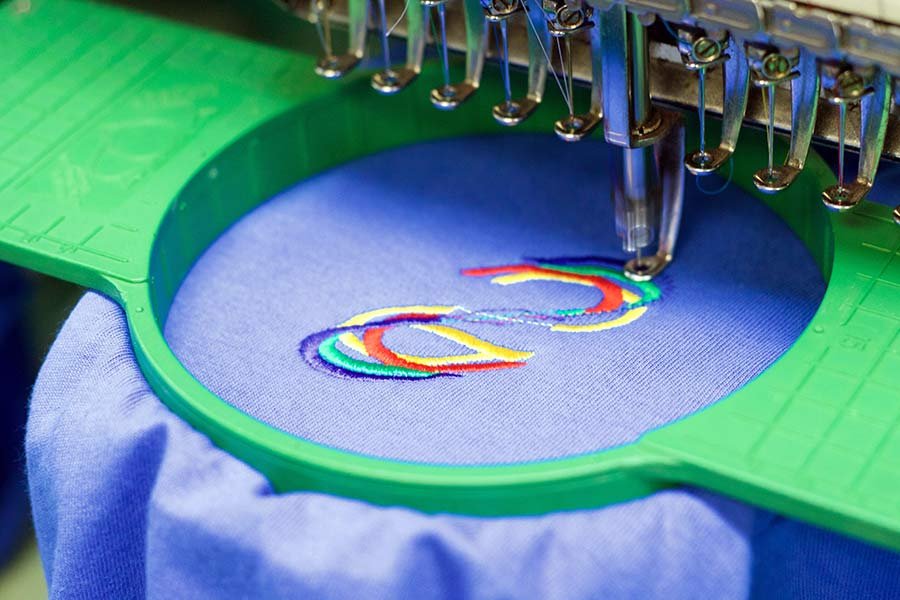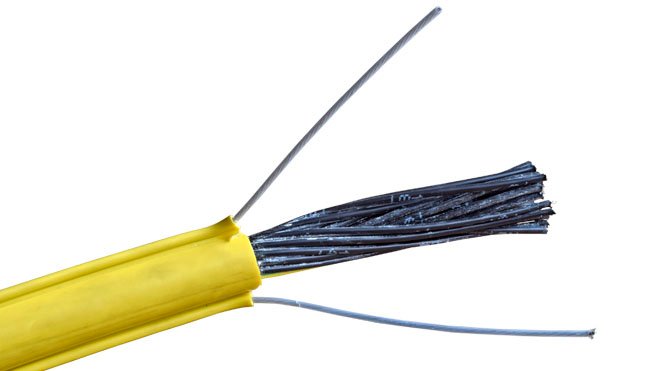Right Size Is Essential For Perfect Embroidery Designs
The size of an embroidery design plays a vital role in determining the overall appearance and quality of the final product. Proportionality is key—too large a design can overwhelm a garment, while too small may lose detail. Stitching quality also depends on size. Larger designs may need a higher stitch density to maintain detail without overloading the machine. Fabric type matters too, and thicker materials support larger designs. Thinner fabrics may suit smaller ones. Finally, placement affects both visibility and function. So, size must be balanced for the best results.

Why Size Isn’t Just A Number In Embroidery
Imagine trying to fit a big, bold custom digitized embroidery design on a small handkerchief—it just wouldn’t look right! Size in embroidery isn’t just about how big or small a design is. It affects the look, feel, and even the durability of your project.
Here’s why size is so important:
- Visual Impact: Larger designs will stand out more. Smaller ones may be subtle and delicate. The right size ensures your design matches the style you want.
- Fabric Compatibility: Not every fabric can handle the same size of digitized embroidery designs. Thin fabrics may pucker if the design is too large, while thick fabrics may need more intricate details to stand out.
- Durability: Choosing the wrong size can lead to wear and tear. For example, larger designs on thin fabrics may cause the fabric to fray over time.
A good embroidery size guide helps your designs last. It ensures they look great, too.
How To Choose The Right Size?
When it comes to deciding on the size of your digitizing machine embroidery designs, there are a few key factors to consider:
- Project Type: Think about what you’re embroidering. A small item, like a hat, may only need a small design, while a jacket could handle something much larger.
- Embroidery Size Chart: An embroidery size chart is your best friend. These charts help you determine the best dimensions for different types of projects. They typically offer a range of sizes that work well for common items such as shirts, bags, and caps.
- Design Complexity: Simple designs often work well at any size. But more intricate custom digitized embroidery designs may lose detail if shrunk too much. Make sure your size allows for clarity.
- Fabric Type: Always consider the fabric. For example, delicate fabrics may only support small, lightweight designs. Heavier fabrics can hold larger, denser ones.
The Impact Of Scaling On Your Design
When you resize a digitized embroidery design, it doesn’t always scale perfectly. This can lead to stretched or distorted images, which can affect both the visual appeal and the quality of the embroidery. Most machine embroidery designs are created for a specific size. Scaling them can change stitch density and ruin the result. If you need to resize, use your embroidery design size guide. Or, use software that adjusts stitch density when scaling up or down.
Ideal Design Sizes For Common Items
| Item | Recommended Design Size (Inches) |
| Baby Bib | 3 x 3 to 5 x 5 |
| Baseball Cap | 2 x 2 to 3 x 3 |
| T-Shirt (Front) | 4 x 4 to 6 x 6 |
| T-Shirt (Back) | 8 x 8 to 10 x 10 |
| Tote Bag | 6 x 6 to 8 x 8 |
| Jacket | 5 x 5 to 9 x 9 |
| Handkerchief | 2 x 2 to 4 x 4 |
Use this table to make sure your digitizing machine embroidery designs fit perfectly on whatever item you are working on.
Balancing Size With Stitch Count
Every digitized embroidery design consists of a certain number of stitches. The bigger the design, the more stitches it requires. But there’s a limit! If your design becomes too large, your machine might struggle with too many stitches. Keeping the stitch count manageable is important for both the machine’s efficiency and the final look of the embroidery.
When using a digitizing machine embroidery design, always check the recommended stitch count for the size you’re working with. This will help ensure that the design runs smoothly on your machine without issues like thread breakage or uneven stitching.
The Role Of Machine Settings In Size
Sometimes, even with the right size, things can go wrong if your machine settings aren’t adjusted properly. The stitch density, speed, and tension on your embroidery machine can affect the result of a digital embroidery design.
- Stitch Density: If you shrink your custom embroidery design, it may become too thick and stiff if you don’t adjust the stitch density. Similarly, enlarging the design without adding more stitches can result in a loose, incomplete look.
- Speed and Tension: For larger designs, slow your machine and adjust the tension. This may prevent fabric puckering and thread breaks.
Always set up your machine for the size and fabric you’re using. This will ensure your digital embroidery designs come out perfectly.
How To Avoid Common Sizing Mistakes?
Even experienced embroiderers sometimes run into issues with size. Some of the most common mistakes include:
- Choosing a Design Too Large for the Fabric: A large, digitized embroidery design may warp or pucker lightweight or stretchy fabric.
- Forgetting to Test the Design: Always do a test run on a scrap piece of fabric before committing to the final piece. This will give you a good idea of how the size works with your fabric and thread.
- Not Considering Shrinkage: Some fabrics may shrink after washing, which can affect the final size of your embroidery. Make sure to pre-wash your fabric to avoid surprises later.
Making The Most Of Your Embroidery Software
Modern embroidery software is a powerful tool. It lets you manipulate and perfect your digitized embroidery designs. Many programs come with built-in tools for resizing designs without sacrificing stitch quality. They can also provide helpful features like:
- Auto Stitch Density Adjustment: Keeps your machine embroidery designs perfect, even after resizing.
- Preview Options: Let you see how the design will look on your fabric before you begin stitching.
When resizing your designs, use software that keeps the quality of your custom embroidery.
Bringing It All Together
Size is the key to creating beautiful and durable digitized embroidery designs. Whether you’re working on a small or large project, getting the size right will make all the difference in the final look and feel. With tools like an embroidery size chart and the right machine settings, you can avoid common mistakes and bring your vision to life.
Your design size guide and software are essential tools. They help you balance size, stitch count, and fabric compatibility. By keeping all these factors in mind, you’ll be well on your way to creating stunning digital embroidery designs that will stand the test of time.
Size Doesn’t Limit Creativity—It Enhances It
When you take the time to consider size in your embroidery projects, you unlock a world of possibilities. Whether your designs are small and delicate or bold and large, size matters. It ensures your digitizing machine embroidery designs fit, look great, and last. At the end of the day, size is not just about numbers—it’s about making sure your designs shine. As you start your next project, remember this: The right size can make any digital machine embroidery design extraordinary.



